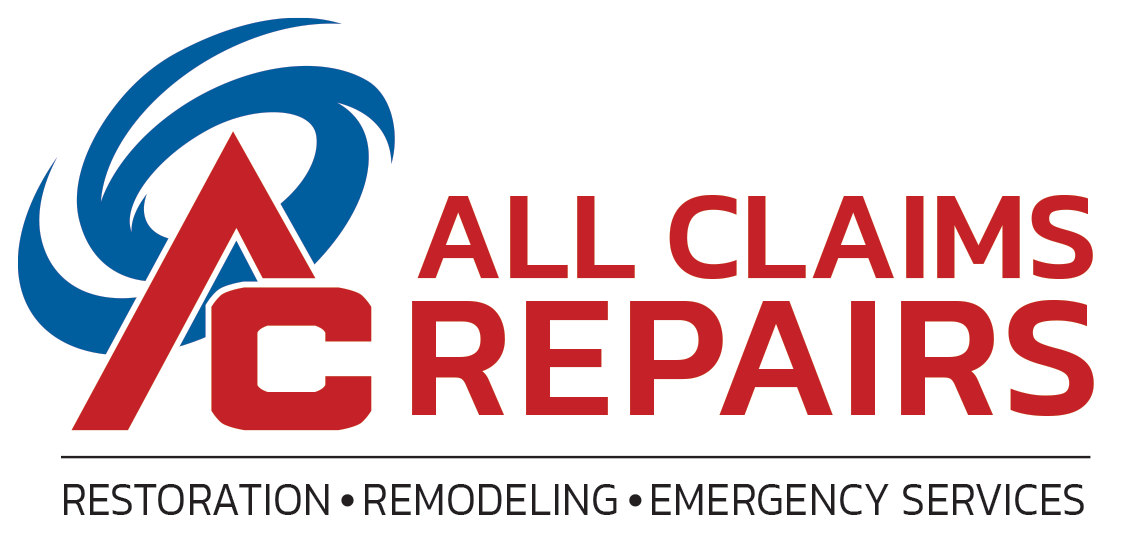Water Removal and Cleanup Services
Get Fast, Water Extraction and Mitigation Before Damage Spreads.
Our certified restoration team arrives quickly, and begins the extraction and drying process right away to protect your structure, prevent mold, and restore your property safely.
Fast Response
IICRC Certified
24/7 Emergency Services
24/7 Emergency Service Available
STOP Water in Its Tracks — Fast Water Removal Starts Here
Whether from a storm, broken pipe, or appliance failure, standing water can destroy flooring, walls, and personal belongings in hours. Our rapid-response team works around the clock to remove water and dry your property before the damage spreads. Acting quickly can mean the difference between a repair and a full rebuild.
- Emergency Water Removal
- Moisture Detection and Mapping
- Structural Drying
- Dehumidification
- Learn more about Water Removal Services
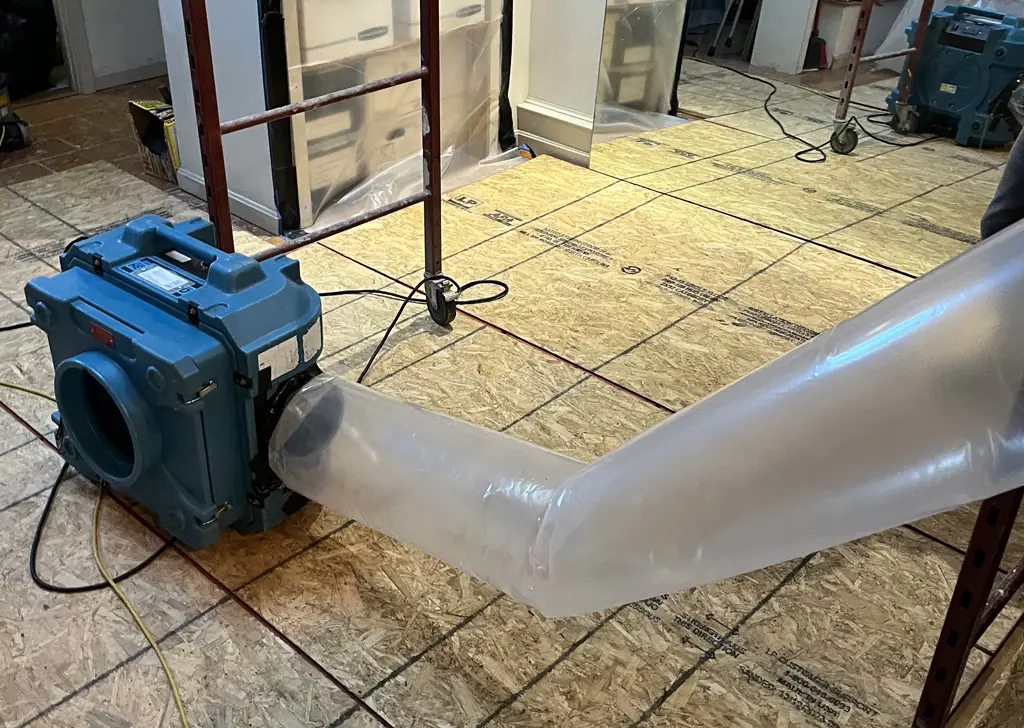
Our basement flooded overnight when our sump pump failed. We called All Claims Repairs and they were at our home within an hour and began the cleanup. Thank you for the fast response and helping with our insurance claim!
Seth Patterson
Complete Water Removal and Mitigation
Our team handles every stage of the water damage emergency—from removing standing water to deep extraction, structural drying, and mitigation. With advanced tools and 24/7 response, we restore your property quickly while preventing costly secondary damage.
Emergency Water Removal
We show up with the tools and manpower to extract water fast, day or night.
Structural Drying
We dry your home’s bones—framing, subfloors, drywall—before mold takes root.
Content Pack-Out & Storage
If necessary, we remove and store your belongings to protect them while we restore your space.
Moisture Detection & Mapping
Our team expertly locates hidden moisture behind walls and under floors so nothing gets missed.
Dehumidification
Our equipment pulls lingering moisture out of the air to prevent long-term issues.
Mold Prevention Treatments
After a flood or serious leak, we treat at-risk areas to stop mold from starting in the first place.
Why a Fast Response Matters
When water enters your home, the clock starts ticking. Even clean water can begin damaging floors, walls, and belongings within minutes — and if left untreated, it can lead to mold growth, structural issues, and costly repairs. A rapid response isn’t just convenient; it’s the key to protecting your property, health and minimizing long-term damage.
Damage Increases
Every hour moisture spreads through building materials, weakening structures and warping floors. The sooner extraction begins, the less destruction water can cause.
Mold
Mold Can Start Growing in 24–48 Hours. A fast response reduces the risk of mold growth, which can be expensive to remediate and disruptive to your home or business.
Lower Repair Costs
Starting water removal right away speeds up the drying process and often prevents the need for major reconstruction, saving time and money.
How Does the Water Removal Process Work
The water removal process is designed to quickly eliminate standing water, dry affected areas, and prevent long-term damage. Our team begins by assessing the source and severity of the water intrusion, then uses professional extraction equipment to remove water from floors, carpets, and structural materials.
Call Us Immediately
Reach our emergency team anytime, day or night. We typically can respond within 1 hour.
On-Site Evaluation and Inspection
Next, we’ll assess the situation and create a plan of action for the flooded area.
Water Extraction Begins
Our team will then use high-powered pumps and vacuums to remove all standing water.
Structural Drying and Sanitizing
Once the water has been removed, we’ll dry every surface using fans and dehumidifiers.
Ongoing Monitoring
After drying, we’ll track moisture levels daily to confirm the results meet our standards.
Our Work
Water removal can be messy. Here are images of flooding, water removal and drying equipment at work on customers properties.
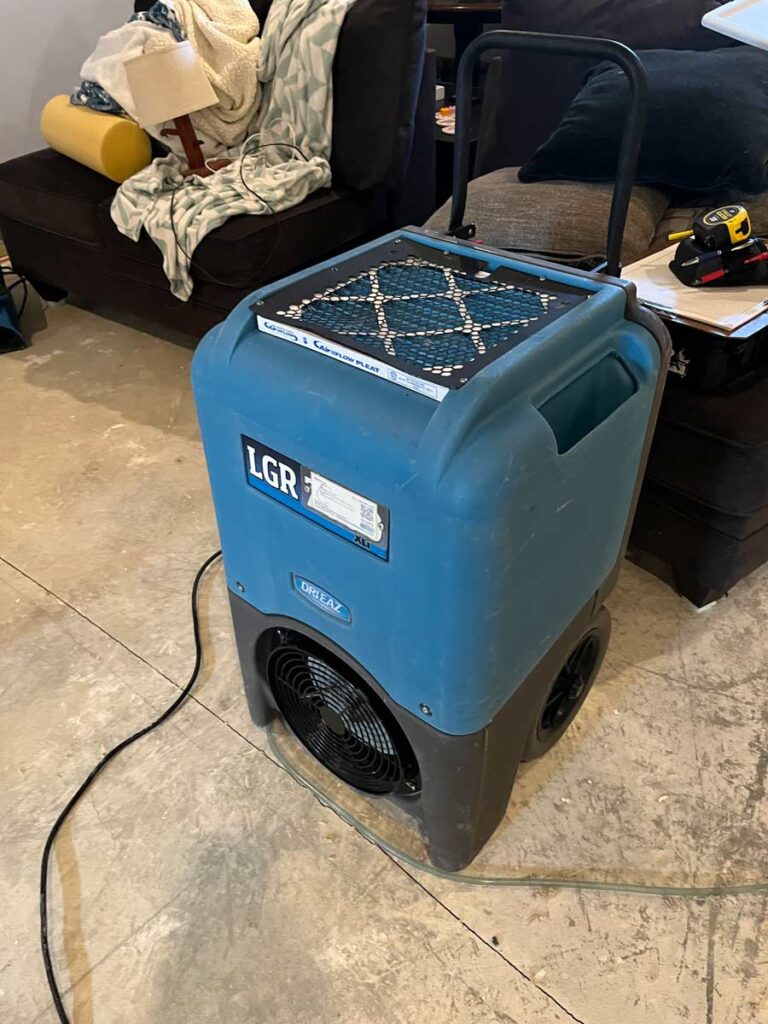
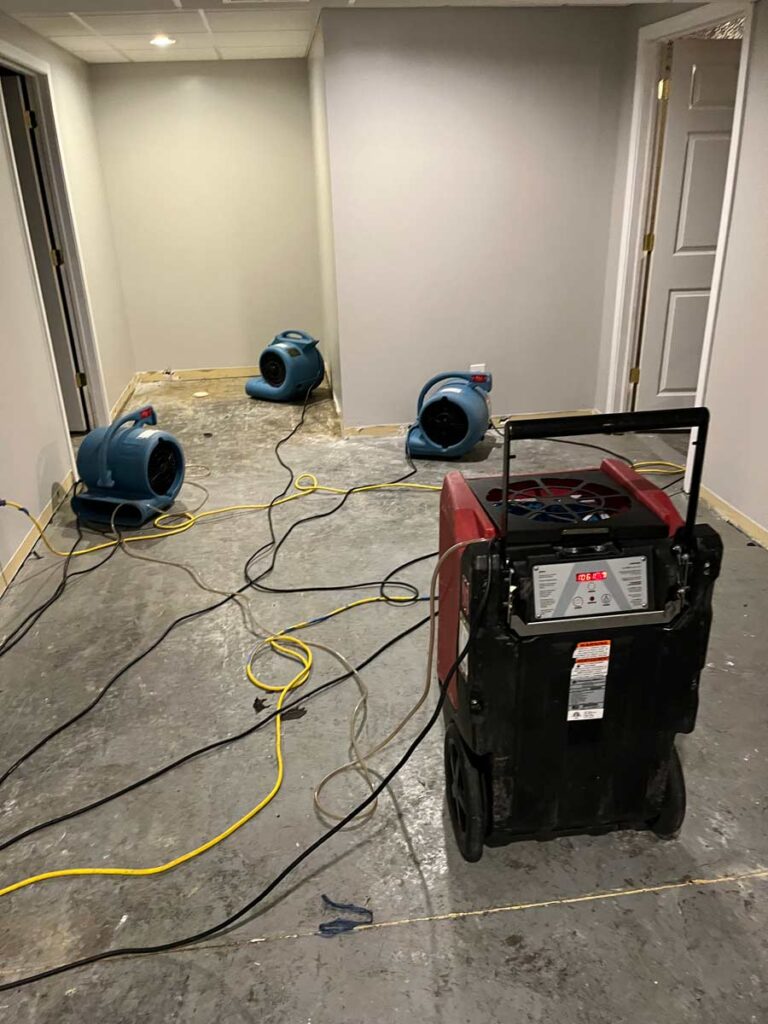
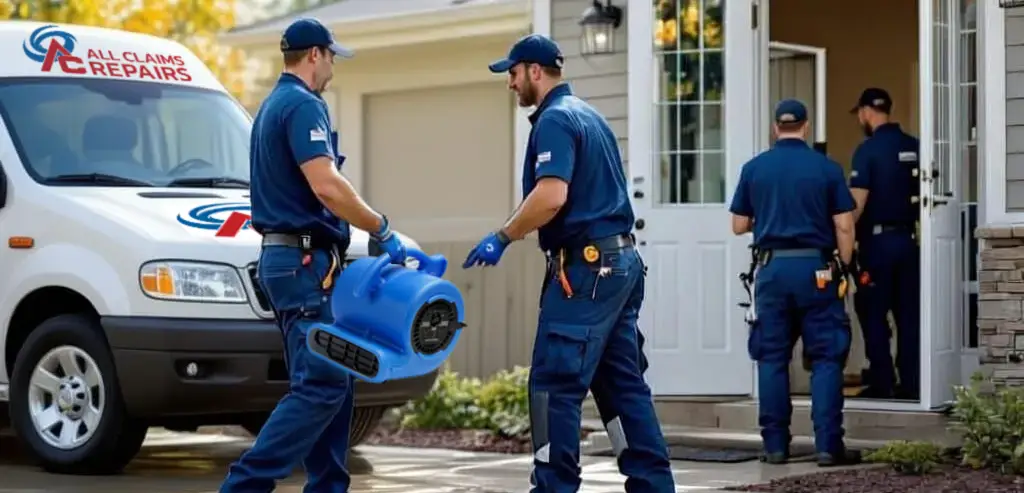
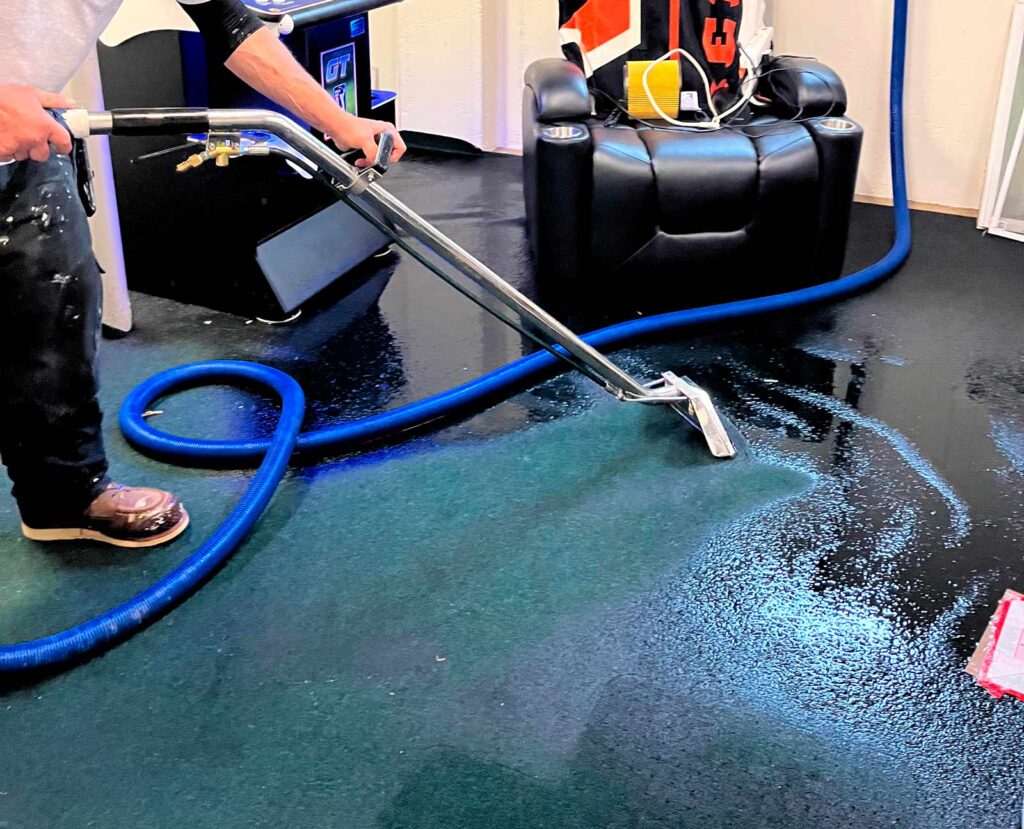
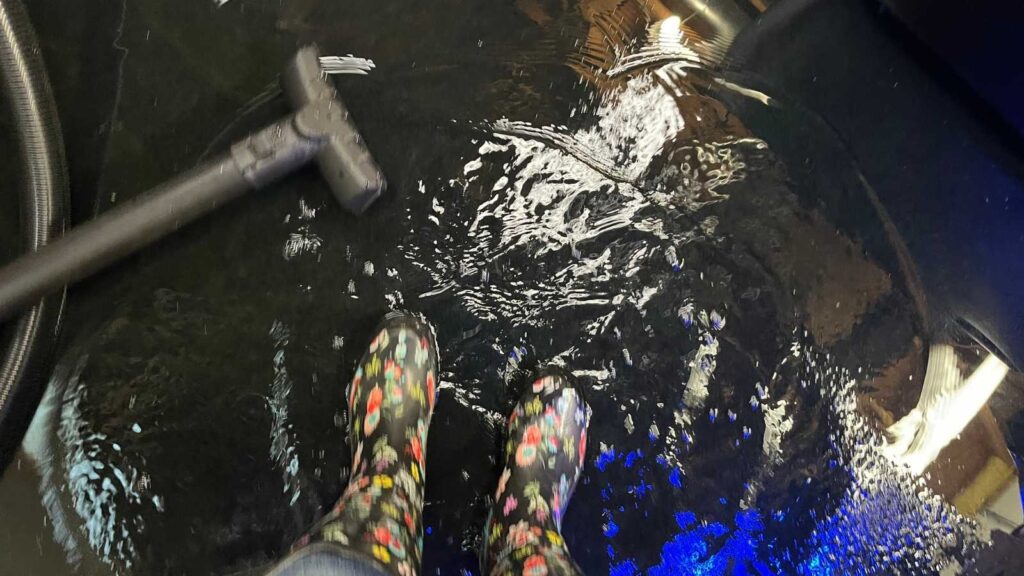
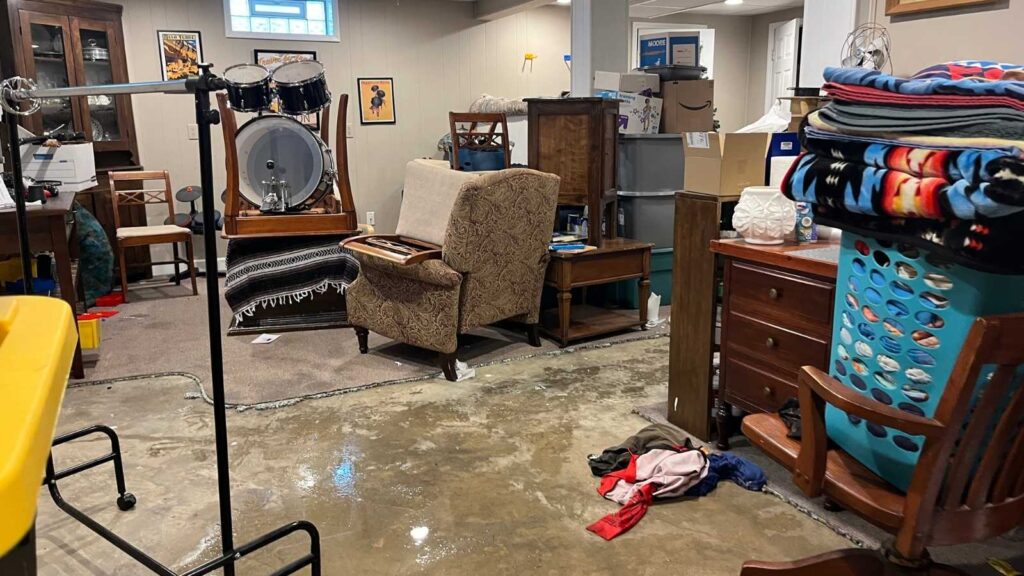
Hear From Homeowners We’ve Helped Restore & Remodel
Our reputation is built on trust. Read real reviews from home and business owners we’ve helped.
Why Choose the All Claims Team?
Homeowners choose All Claims Repairs because we combine industry-leading expertise with personal service. Our certified technicians follow strict IICRC standards, our project managers provide consistent communication, and our rebuild crews deliver high-quality craftsmanship. With 40+ years of experience and offices throughout Florida and Ohio, we have the resources, technology, and people to handle any size water loss.
Certified
Our certified technicians follow industry-best IICRC standards to ensure every restoration is done safely, correctly, and professionally.
Licensed and Insured
We’re a fully licensed and insured contractor, giving you confidence that your home is protected throughout the entire project.
Warranty
All work is backed by a solid warranty, reflecting our commitment to quality craftsmanship and long-term peace of mind.
Available 24/7
Water damage won’t wait! Our 24/7 rapid response team is on call day and night to limit the damage and start the restoration process.
Communication
You’ll have clear updates and a dedicated project manager, so you always know what’s happening and what comes next.
Insurance Familiarity
Our team understands documentation, estimates, and claim requirements, making the process smoother whether you file a claim or pay out of pocket.
Claim or No Claim, We Make It Easy For You …
Whether you’re going through insurance or paying out of pocket, we keep the process simple. Our team provides clear documentation, transparent estimates, and step-by-step guidance so you always know what to expect. No pressure—just honest advice and a restoration plan tailored to your home and situation.
Making a Claim?
For property damage claims, we work seamlessly with all claim adjusters and insurance providers.





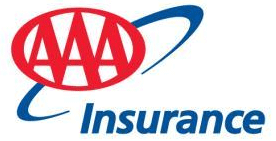



Paying Out-of-Pocket?
Want to avoid premium hikes and speed things up? Check out our Out-of-Pocket Advantage Program.
Pay Direct Savings
Flexible Financing and Payment Plans
Fast-Track Priority Service
Bundled Services Discount
Example: Water Damage Repairs + Mold Removal)
Frequently Asked Questions
What should I do if my basement floods?
First, make sure the area is safe. If water is rising near electrical outlets or appliances, do not enter. Shut off power to the affected area if you can do so safely. Next, stop the water source — turn off your main water supply if a pipe burst, or check your sump pump if it failed. Then call a professional water removal company to begin extraction and drying right away.
How long does it take to dry out a flooded room or basement?
Most drying jobs take 3–5 days, depending on the amount of water, materials affected, humidity, and how quickly the process begins.
Most spaces take 3–5 days to dry after professional extraction, but the timeline depends on:
How much water was present
How quickly the removal began
The type of flooring and building materials
Humidity levels and ventilation
Starting the drying process immediately is the best way to shorten the timeline.
Who removes water from a flooded basement near me?
Professional water damage restoration companies handle water removal, drying, and cleanup. Look for teams like all All Claims Repairs that offer 24/7 emergency service, have certified technicians, and can respond quickly. Fast extraction is the key to preventing mold and structural issues.
How do I stop water coming into my house
It depends on the source:
Burst pipe: Shut off the main water supply immediately.
Sump pump failure: Check the breaker, reset the pump, or use a backup pump.
Storm or groundwater: Avoid the area and call professionals — the water may be contaminated.
Stopping the source quickly reduces damage and speeds up the restoration process.
Is it safe to go into a flooded basement?
Not always. Floodwater may hide electrical hazards, contaminated water, sewage, or weakened structures. If water has reached outlets, appliances, or electrical panels, stay out and shut off power from a safe location. When in doubt, wait for a professional assessment.
How fast can water damage my floors and walls?
Water begins damaging materials within minutes. It seeps under floors, into drywall, and into hidden cavities. After 24–48 hours, mold can start growing. The longer water sits, the more likely you’ll face structural repairs, odor issues, and microbial growth.
Can I remove water myself or do I need a professional?
Small spills can sometimes be handled with wet/dry vacuums and fans. But anything more than a few gallons usually requires professional equipment — high-powered extractors, air movers, and dehumidifiers. DIY attempts often leave hidden moisture behind, which can lead to mold and structural problems later.
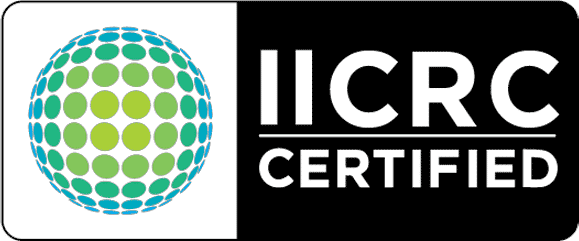
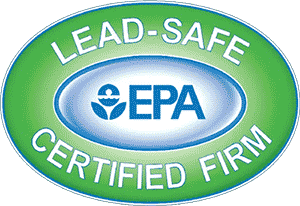
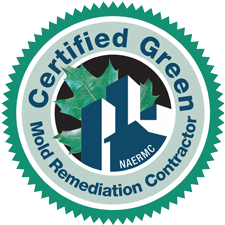
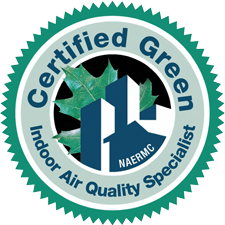

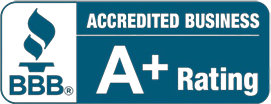

“We know how much stress and damage a water disaster can cause. Let our experience work for you and let’s get your property back to normal.”
Tony Alllogia
President, All Claims Repairs

